Seed Dormancy and Germination
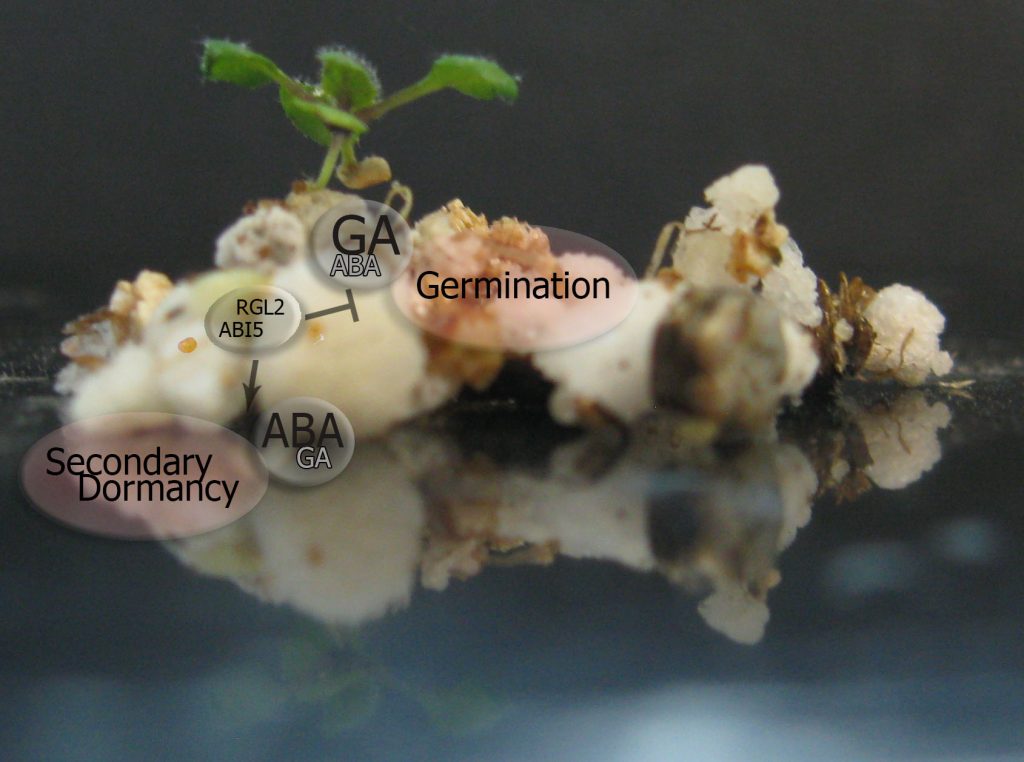
The phytochromes are photoreceptors that translate light information into complex signaling networks for adaptive behavioral decisions. In many ecological scenarios, the termination of seed dormancy and the promotion of seed germination are finely regulated by light and temperature. We discovered that some components of circadian clock and DOG1 gene are involved in the integration of alternating temperatures and light for the relief of dormancy in Arabidopsis seeds. In addition, our lab is interested to understand the relevance of transcriptional and epigenetic mechanisms in the control of seed dormancy and germination.
Figure 1. Model action of ATHB2 in germinating seeds of Arabidopsis by light (Tognacca et al. Scientific Reports 2021)
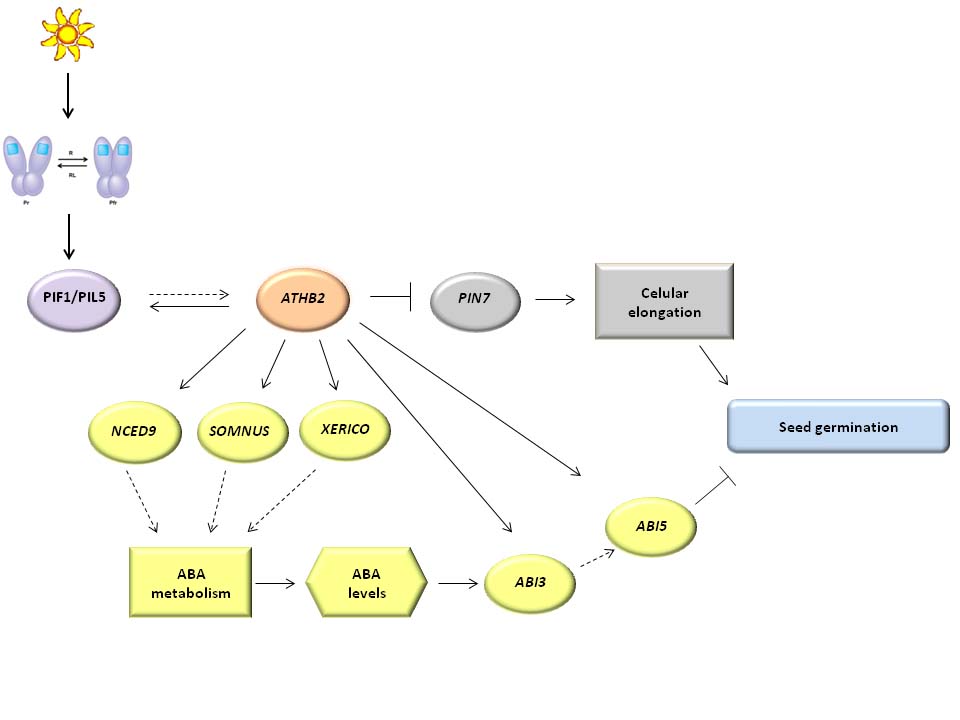
Figure 2. Diagrams show the genes involved in the process of alternative splicing, chromatin remodeling and miRNA function during maturation, dormancy, germination and post-germination of Arabidopsis seeds (Tognacca et al. Plant Communications 2021)
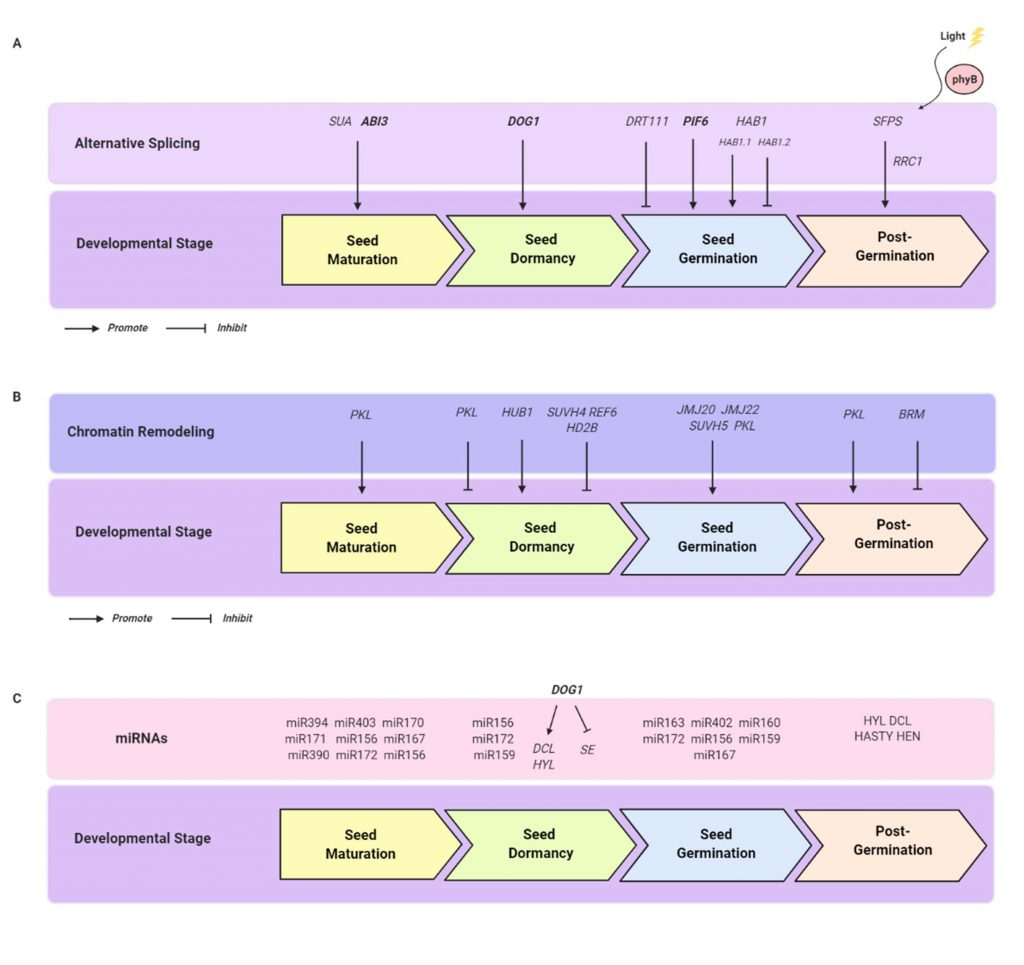
B-Box transcription factors in plant growth and development
BBX proteins are zinc-finger transcription factors involved in de-etiolation, shade avoidance, circadian clock, flowering, biotic and abiotic signaling pathways. Our lab is interested to decipher the molecular and physiological mechanisms of BBX action for the fine tuning of plant growth and development. We showed that light and hormone pathways represent a single signaling network with multiple proteins interactions in which BBX members act as transcriptional modulators providing flexible mechanisms for the regulation of gene expression. We are involved in some research projects to study the function of BBX proteins in Arabidopsis plant signaling networks.
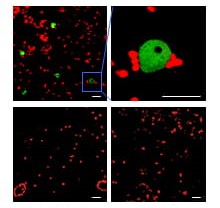
Our lab is interested to translate the understanding of BBX function from Arabidopsis model system into crops for the improvement of plant production. The involvement of BBX proteins as key transcription modulators of Arabidopsis development led us to investigate their function in potato crop. We found that the heterologous expression of BBX21 enhances the rate of photosynthesis and reduces the photoinhibition by the increase of anthocyanins and phenols in potato plants. Consequently, the transgenic plants are more robust and produce more tubers. In addition, this technology increases plant tolerance to water stress reducing ABA sensitivity and increasing photosynthesis by non-stomatal mechanisms.
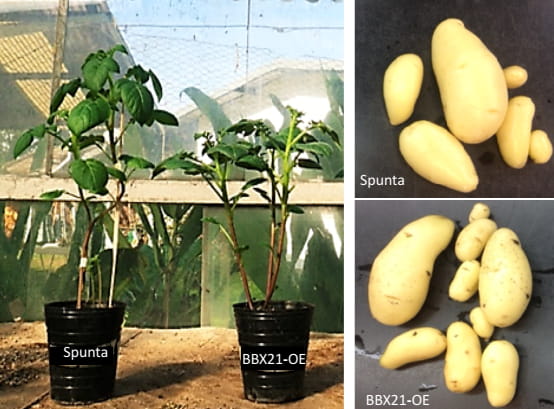
Figure 3. BBX proteins involved in seedling photomorphogenesis (Gangappa & Botto, Trends in Plant Science 2014)

Natural Genetic Variation in Arabidopsis and crops
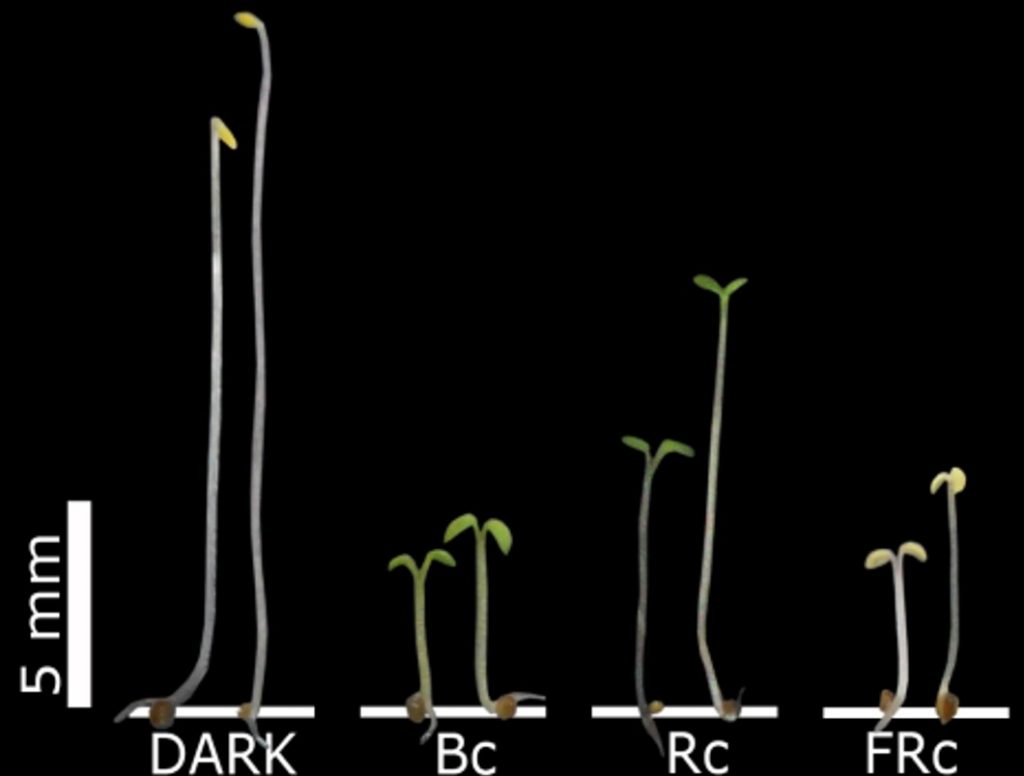
By comparative massive sequencing of Arabidopsis thaliana accessions, we found that the genome of introduced populations of Arabidopsis thaliana collected in Patagonia, has an ancestor that comes from Central European lines. Physiological analysis showed that Patagonia lines are hyposensitive to light and they have vernalization requirements. We are interested to know the causal polymorphisms of genes associated with light and temperature pathways using molecular and quantitative genetic approaches. We generated a new genetic resource of 162 recombinant inbred lines (RILs) between Col-0 and Pat accession to decipher the genetic basis of several plant and root growth responses. In addition, we are interested to know the molecular basis of phytochrome signaling between Col-0 and Pat accessions by generating and characterization of transgenic lines.
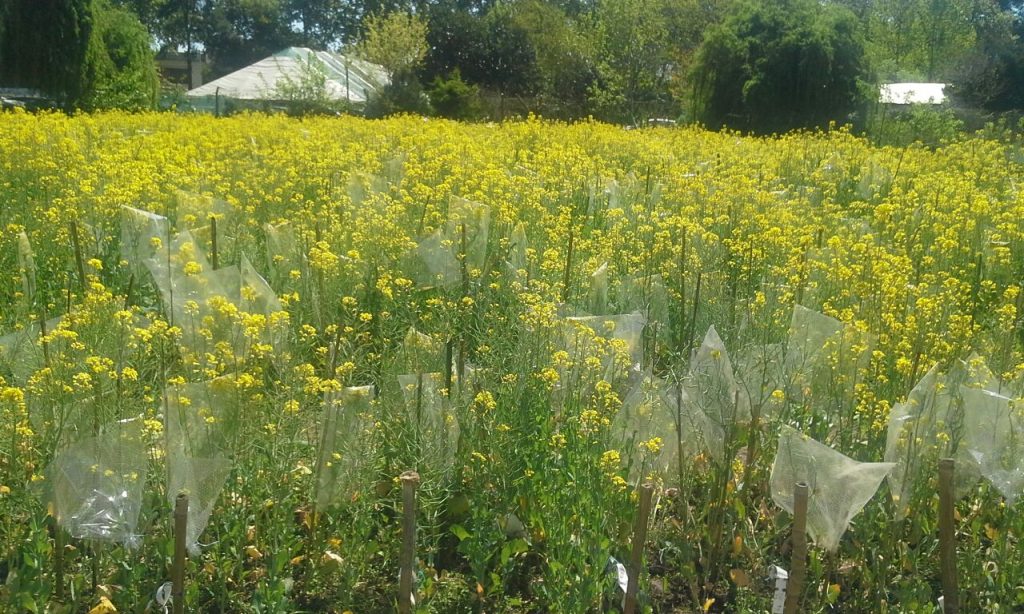
Plant use photoreceptors to detect the proximity of other plants and translate this information into molecular signaling networks inducing plastic responses. Rapeseed crop shows an enormous plasticity to plant density. We investigate the genetic and eco-physiological basis of agronomic traits to have a better comprehension of plant density on yield.